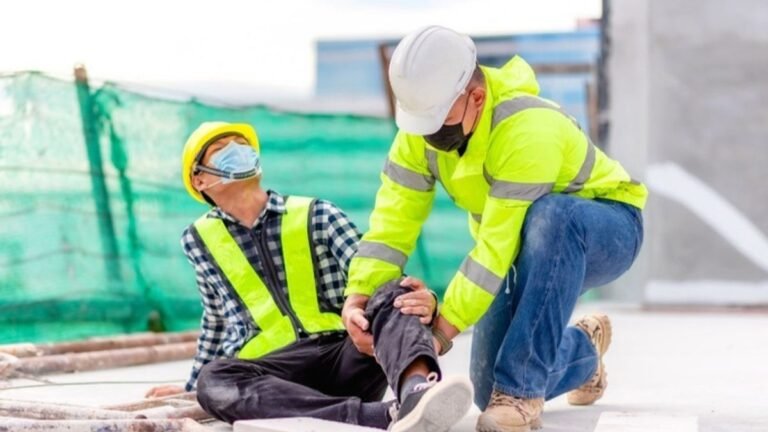Construction workers commonly encounter potentially dangerous work conditions that include weather, slip and falls, and falling objects. Working at elevation is especially dangerous and requires careful planning and safety procedures. Whether building two-story homes or skyscrapers, an elevated work location raises many potential dangers that could seriously injure or kill workers.
Construction work is one of the deadliest occupations in the United States and anywhere else. Nearly 5,200 construction workers suffered fatal work injuries in 2021, according to the Bureau of Labor Statistics. Only transportation workers suffered more fatalities. Fortunately, it’s possible to make construction jobs much safer by using construction safety nets and other safety gear and procedures to prevent workplace deaths.
Table of Contents
Falls Are the Most Common Cause of Construction Fatalities
Of the nearly 5,200 construction worker deaths in 2021, falls caused 37 percent of them. That percentage adds up to 1,920 construction worker deaths due to falls, which is the deadliest mishap that construction workers experience. Whenever construction workers are working 6 feet above the ground or higher, OSHA standards require fall protection.
Construction safety nets help prevent falls and are among the types of safety equipment OSHA standards accept as suitable for helping to prevent falls at construction sites. So are safety harnesses that can catch workers who might slip and fall potentially great distances while working up high.
Gravity is constant, and so are the dangers it poses for construction workers who are well above the ground while doing their jobs. Loose cables, power lines, and equipment might cause a worker to slip or trip and fall. Improperly installed or poorly maintained scaffolding is another common cause of construction worker falls. Construction safety nets give workers a say to break their falls without suffering serious injuries or death.
Common Ways to Mitigate Falls at Construction Sites
Whether working up high or on the ground, it’s important to pay close attention to what’s at workers’ feet. Construction debris can interfere with a worker’s footing and cause the worker to slip, trip, or fall. It’s important to clean debris as quickly as possible to help ensure it won’t become a workplace hazard. Pipes, cables, and other items also commonly collect on the ground or on the floors of buildings that are under construction. Removing those items that aren’t contributing to getting the job done is imperative to maintain a suitably safe work environment.
Scaffolding is another common source of falls when the boards become loose or uneven or the rails are too short or improperly secured. Conducting close inspections of scaffolding before each work shift helps to make sure it’s in good shape with no loose or uneven boards, which will help ensure workers have good footing while working up high. The guard rails also need to be suitably high and secured properly to help prevent accidental falls.
Workers also should be equipped with fall-arrest harnesses that stop them from falling more than a few feet when working from elevated positions. Such harnesses prevent potentially deadly falls from high places, which is especially important on tall structures. They also prevent serious injuries and help keep job sites active by enabling workers to continue doing their jobs at a reasonable pace.
Falling Objects Also Claim Many Lives at Construction Sites
Falling objects are another common source of construction worker injuries and deaths. Tools and materials are often dropped or accidentally kicked off of scaffolding and other high areas and fall a good distance. A hammer or another heavy object can become deadly when falling from several stories up.
Using containment netting helps to keep items from falling below and endangering workers on the ground. Workers also need to wear hard hats to protect against small items, like rivets that might fall a great distance. They can also help construction workers survive a strike from a larger and heavier object while on the worksite. As always, regular safety training sessions help to affirm all workers on a construction site know how to work safely by identifying dangers and eliminating or avoiding them.

